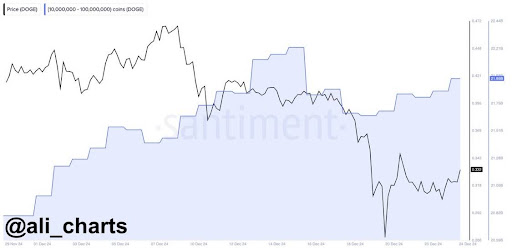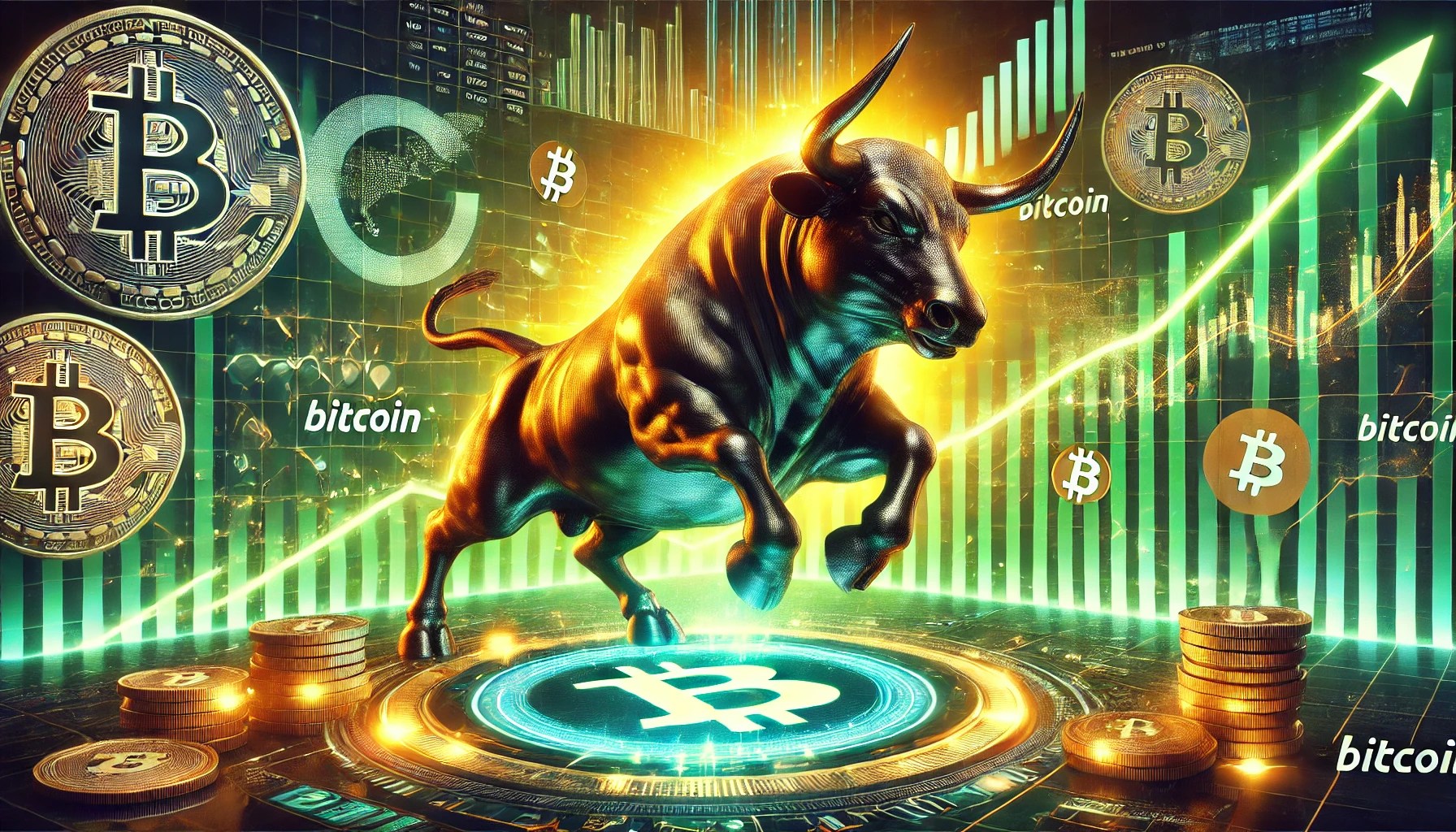PayPal share prices are plunging and currently down 80% from 2021 peaks; the largest draw down ever, market data on May 12 shows. PYPL closed the week at $61.69, down 3% from Thursday, March 11.
PayPal Shares Crumbling
Analysts observe that the decline in PayPal’s stock price has also resulted in a notable shift in its price-to-sales (P/S) ratio.
PayPal is now down 80% from its 2021 high, its largest drawdown to date.
Its price to sales ratio has moved from a record high of 17x to a record low of 2.5x.$PYPL pic.twitter.com/w9JjzPXmJb
— Charlie Bilello (@charliebilello) May 12, 2023
Previously at a record high of 17x, the P/S ratio is now at a record low of 2.5x.
The P/S ratio is a financial metric, which evaluates a company’s valuation, and compares its market capitalization to its total revenue over a specific period, typically a year.
The P/S ratio offers valuable insights into how the market perceives a company’s revenue generation relative to its size. The ratio focuses on the rise and fall of the company’s revenue.
This ratio also signifies the amount investors are willing to pay for every dollar of the company’s revenue.
To put it into perspective, PayPal’s previous P/S ratio of 17 implies that investors are willing to pay $17 for every $1 of revenue generated by the company. Now, investors are only willing to pay $2.5 for every $1 revenue.
Paypal shares are still at a premium. A P/S ratio above 1 indicates that investors are still willing to pay a premium for the company’s revenue.
While the exact reasons behind PayPal’s downturn are not explicitly stated, speculation suggests that the company is facing a combination of intense competition and outdated technology. PayPal is one of the oldest payment processors.
As the online payment landscape is constantly evolving, it has become increasingly challenging for PayPal to wade off competitors.
For instance, banks have incorporated new systems such as Zelle. Besides, the Federal Reserve is rolling out FedNOW. There are also other avenues for users to use cryptocurrencies or even networks such as XRPL by Ripple Labs.
Some users have even compared PayPal’s level of innovation to what it was in 1999 when Western Union was its primary competition.
Too much competition plus outdated tech.
It’s difficult to stay relevant 25 years later.
Banks now have Zelle and even the Fed is rolling out FedNOW, and they suck at innovation.
In 1999 their competition was Western Union charging you $$$.— Patrick Dehkordi (@PatrickDehkordi) May 12, 2023
Crypto Holdings Rise In Q1 2023
This is in spite of PayPal announcing a substantial surge in its cryptocurrency holdings In Q1 2023, revealing a remarkable 56% increase compared to the previous quarter.
As of March 31, 2023, the company boasted a total of $943 million in cryptocurrency assets led by Bitcoin and Ethereum, as opposed to the preceding quarter of $604 million; a significant uptick in its crypto holdings.
Although the payment processor accepts direct crypto purchase, it bars users from withdrawing them to external wallets. This is a hindrance and a fact that may also slow down adoption.
-Featured Image From Canva, Chart From TradingView
Credit: Source link














































